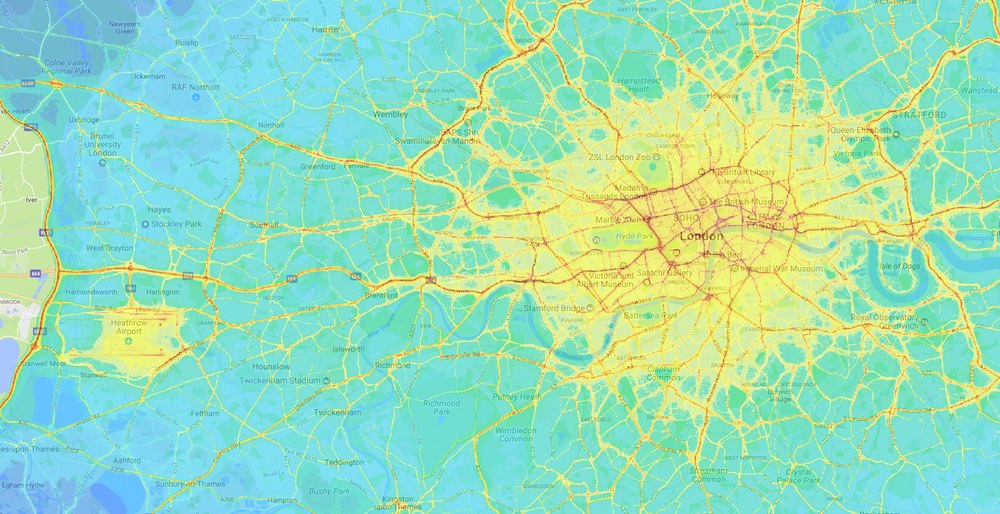You might think that the 100% increases in charges drivers pay for dropping people off at airports over the last year shows that airports are finding new ways to squeeze money from passengers. In fact these reports hide a different story, about the impacts of air travel.
Airport operators earn their revenue primarily from take off and landing fees charged to the aircraft that use their facilities. Other services such as car parking and duty-free shopping were only offered more recently, as a benefit for passengers. This changed with the rise of the low-cost carrier – airlines that grew by offering passengers low ticket costs, and so had the clout to negotiate reductions in the fees airports charged them, lest they take their business to another airport. Seeing how the industry was changing, airports obliged and instead sought income from new sources – hence why revenue from retail and car parking are now essential to many modern airports.
However, this is not to say that drop-off fees are being increased purely for profit. It’s widely acknowledged that air travel causes a number of environmental problems, including noise and pollution around airports, and the high carbon emissions of jet fuel and from the power demands of the airport itself. One factor that greatly influences these issues is how passengers get to and from the airport.
Surface access to most airports is dominated by cars – representing over 80% of passenger travel at Manchester Airport for example – whether being dropped off by friends or family or taking a taxi. At large airports, this traffic when combined can measure in the thousands of millions of miles per year, which is a significant environmental impact. Access to Gatwick airport, including by rail and public transport, constitutes over 26% of total airport carbon emissions (an estimated 204,153 tonnes of CO2) – the airport’s second largest source after aircraft emissions. Likewise, local air pollution around some airports exceeds legal limits, partly due to the concentration of vehicles delivering passengers to the airport, as can be seen from Greater London Authority and Transport for London emission data mapped here:
From our partners:

Of course, airport operators are aware of this, and many have pledged to reduce the number of passengers arriving by road and have committed to shift passengers on to public transport. Indeed, there is a trend across Europe showing that public transport use to and from airports is on the increase. In the UK, the government has stressed the need for airports to increase public transport access. Increasing drop-off fees is one way to do this, however improving the speed of this trend will require further action from airport operators, local transport authorities, but most of all from those that use airports.
Convenience or climate change
The car is popular because it is the most convenient way to travel, providing the most autonomy, comfort and flexibility. The opportunity to say farewell to friends and family at the airport is enough of a reason that people will inconvenience themselves to drive to an airport to drop them off, or indeed to pick them up.
“It is us, the public, who are the root cause of the environmental impact of our choice of how we get to the airport.”
We need to acknowledge this more frequently and ask ourselves whether the choices behind our modern lifestyles can be met by a planet of finite natural resources and limited environmental carrying capacity.
But airport operators can do more, and must. Many make clear commitments to increasing public transport use by passengers, but car parking revenues remain a key source of their income – up to 18% at one airport. Examples of these conflicting interests are prevalent across the aviation industry: airports commit to reducing the impact of noise, but aspire towards continual growth and round-the-clock operations that will inevitably generate greater disturbance for those who live under flight paths. Governments have committed to limiting climate change, yet acknowledge that the aviation industry is an essential driver of economic growth.
If our addiction to flying is to continue, as it looks set to, then there are hard questions that demand answers. Thinking twice about how we get to the airport and trying to kick our addiction to the car might be one way for us as individual consumers to contribute toward making flying more sustainable. And in a roundabout way, we’d avoid high car parking charges by doing so.
This feature originally appeared in The Conversation.
















